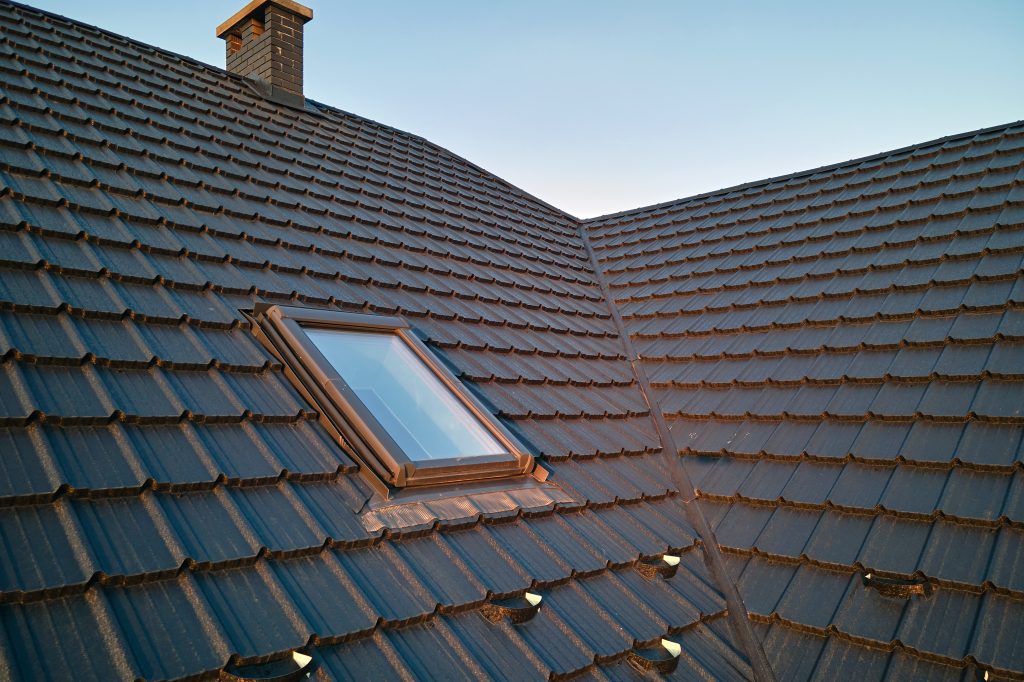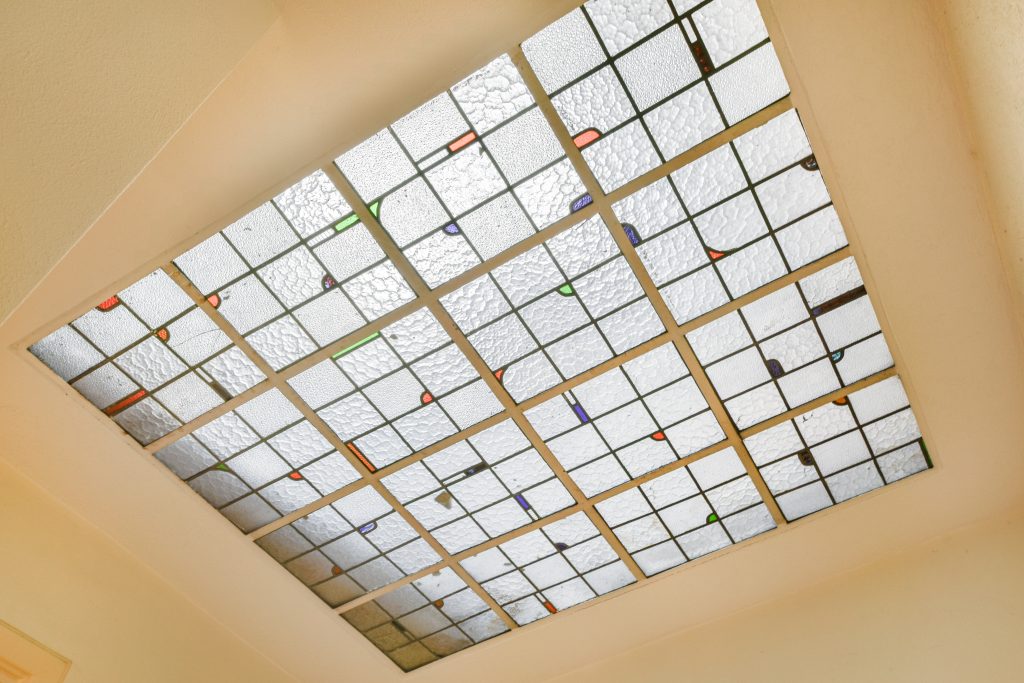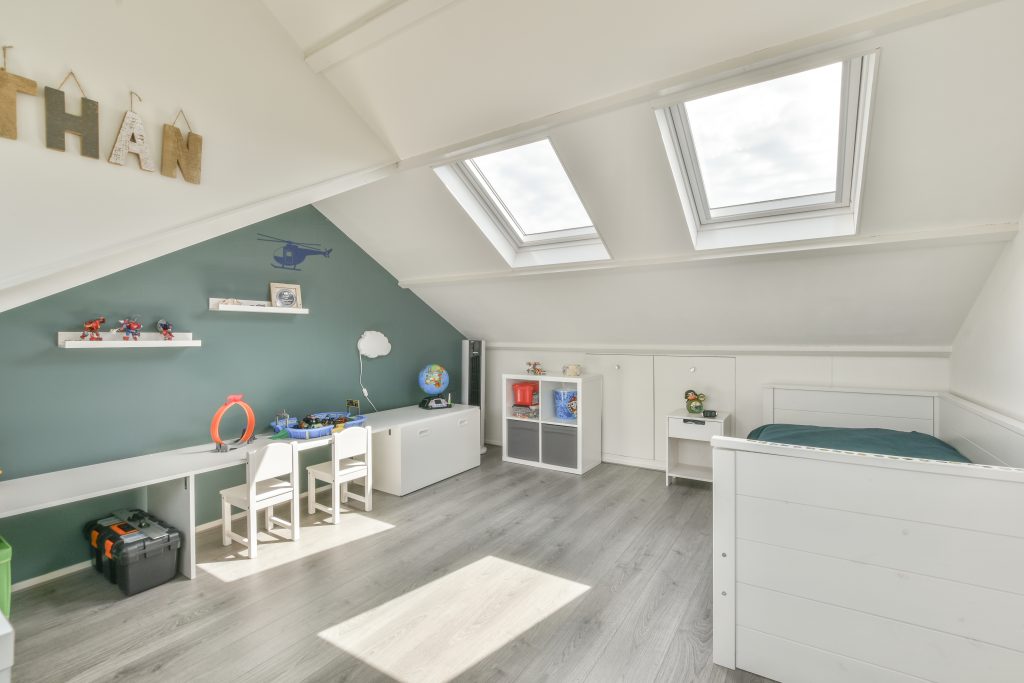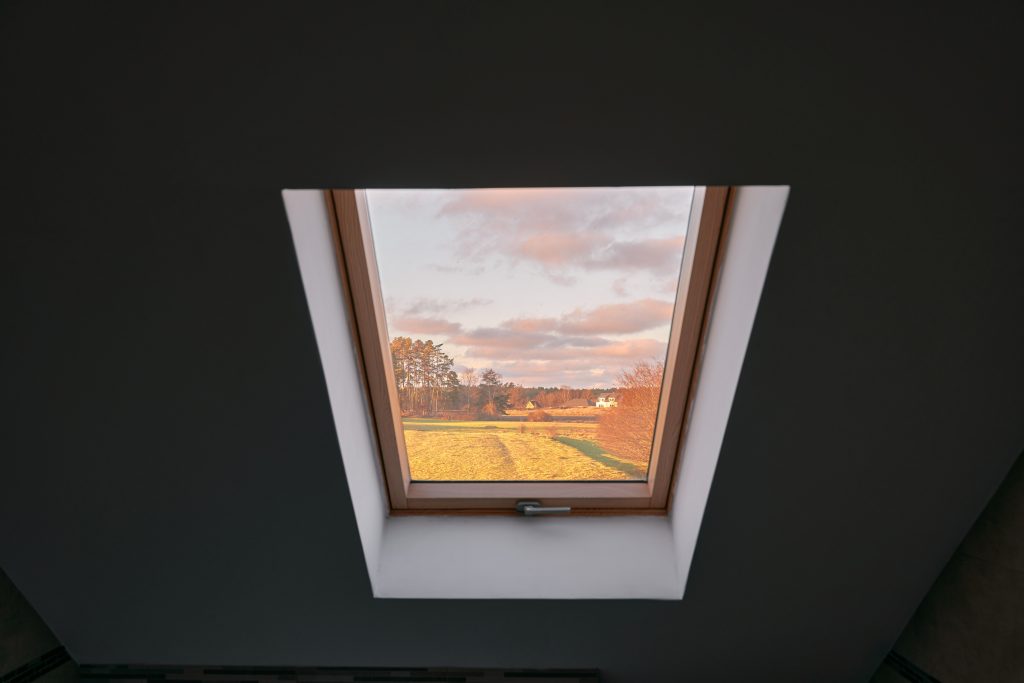When you install structures into a building, you should expect there will be a time when you must remove them. They could have reached their maximum use, or it’s time to replace them with something else. Whatever the situation is, you need to take action immediately because you don’t want your building to experience big issues due to this change. A clear case is an open ceiling after skylight removal. In this article, you will discover what to do with your home ceiling after removing skylights.
What are Skylights?
Skylights, also called Rooflights, are designed to provide your home with natural light and ventilation. They come in different forms, specifically as roof windows to prevent heat loss during winter and heat gain during summer. They are set strategically in the home, especially in areas with minimal space and lighting.

Skylight has great advantages, but a significant one is its architectural flexibility, giving a house a better look than it already has. It makes a room look bigger, more comfortable, and more convenient. However, there are also disadvantages.
Why Do You Need to Remove Skylights?
Considering the disadvantages of skylights, there will definitely be a time to remove skylights. For instance, you may have to do this if you’ve constantly been experiencing sieve-like leaking from the ceiling. It may have added beauty to the ceiling when it was newly installed, but it could create a mess after some time.
The room’s appearance may change, but it is better to have this than a deep-sinking hole. The obvious signs of deterioration or leakage may reduce the value of your house.
What to Do After Removing Skylights From Your Ceiling?
If you’ve just removed skylights from your home ceiling, you can try to repair the open ceiling or consider other lighting options. Air-sealing the ceiling is a brilliant idea because it prevents condensation and other moisture problems. Fortunately, they are DIY tasks – you don’t necessarily have to call professionals unless the situation is serious.
How to repair or hide a skylight ceiling hole?
Concealing a skylight ceiling hole is one of the solutions to try out. It still keeps the room a little bit modern. Here is a step-by-step guide to repairing the ceiling.
- Set the Frame to Have a Nailing Surface
The first step is to get a 1×1 wood or ½-inch drywall and set it around the hole’s four wall spaces or frame. It will create a nailing surface for repair using sheetrock.
- Get the Hole Measurement
Before setting the sheetrock in place, you need to measure the hole’s size. The dimensions ensure the drywall snuggly fits into the new hole.
- Add Insulation into the Hole
The job of a skylight was initially to provide lighting/insulation, and ventilation. However, since it has been removed, the best thing is to get an alternative. You don’t want to suffer some problems during cold or hot climates. Therefore, it is recommended that you add fiberglass insulation to the hole. It will ensure proper energy transfer under different climate conditions.
- Patch and Paint the Drywall
Now that your insulation device has been installed in the hole, the next step is to patch the drywall using nails, mud, sand, or tape. It would be best to paint the drywall to conceal the area where the skylight was removed. Stain the patch enough to make the older color disappear gradually. An obvious dent may affect the value of your house during its sale.
Other Alternative Options to Consider
If you’ve completely closed off the ceiling where the skylight was removed, you can customize the area to make it look attractive. You can either consider lighting devices or stained glass.
Lighting Devices
Lighting options like pendant and canister lights are incredible for old skylight ceiling areas. They give the room a modern look and touch and ensure it looks larger and more comfortable.
Stained Glass
Stained Glass is also a perfect replacement for ceiling skylights. It provides natural light to the area and keeps the room clean, clear, and fuller. Installing stained glass might not be something you must do yourself – you can hire a professional. You only have to make sure that you are getting a good product.

The Advantages of Skylights
Below are four main advantages of ceiling skylights.
1. Improves Mood and Health
One of the significant benefits of rooflights at home or in the office is that it improves mood and health. This psychological benefit is overwhelming because there is so much you can achieve in your day when you get good exposure to natural light. Besides, Vitamin D enrichment from the sun does a good thing for the body – it improves muscle health and boosts the immune system.

2. Provides Roof Access
An open roof gives better access to the building. If you have to do serious maintenance work, the skylight allows you to do that. However, only a few selected rooflight options ensure the possibility.
3. Ensures Privacy
While there is an open roof access, a skylight ensures privacy. Getting natural light and ventilation has always been the work of a window. However, that only gives minimal to zero privacy. However, utmost privacy is guaranteed by replacing these windows with rooflights. Installing this structure allows you to get equal, direct light and air into a room – even in private spaces.
4. Keeps Room Ventilated and Lit
Finally, the main advantage of ceiling skylights is to provide ventilation and light. You can always install this feature if you’ve suffered poor air quality consistently. However, investing in an open-and-close skylight is a better idea because it allows you to control the amount of light or air entering the room.
The Disadvantages of Skylights
Below are four main disadvantages of ceiling skylights.
1. Moisture and Leaks
One of the common problems of skylights is moisture and leaks. It is an issue many have faced and doesn’t seem like it will stop. In fact, contractors and installers have always mentioned that skylights exist in two types – the leaking and the non-leaking options. However, the honest truth is: nothing is certain with these rooflights. Several factors can influence skylight damage which will ultimately cause leakage in the house – for instance, thunderstorms and hail storms.
Additionally, installing skylights into a ceiling isn’t an easy task – it requires utmost precision and care. Anything could happen while cutting a hole into your roof, resulting in leakage. That is why it is often advised that people go for installation companies with years of experience. More so, you must choose the best products on the market with minimal or zero leak resistance. The warranty is a good determining factor for protection.
2. Excess Lighting
Another reason you may not want to use a skylight is the excess lighting that comes with it. Generally, this rooflight provides natural light and ventilation to a room; however, it may do beyond that. This structure may alter a room’s comfort by providing too much light. It could be doing this directly or influencing other facilities in the room, such as your mirror or television – the glare could make the room inconvenient during the daytime.
However, a good way to manage this problem is to choose a perfect size or orientation for your skylight. You want something that would reflect at specific room angles without altering your comfort. You can also invest in blinds that can be used actively to control room lighting. That means whenever you need an amount of direct light, you can get it by adjusting the blinds to an appropriate length.
3. Heat Loss and Gain
Skylight’s heat loss and gain principle is also a disadvantage. You would expect that this becomes beneficial at different times of the year, but they become a liability (thermal). Minimizing solar heat gain may be impossible while ventilating your room with conditioning systems. Eventually, this difference may adversely affect your comfort. However, investing in energy-efficient skylights may solve this problem – these devices have been improved with the latest technology to maintain heat transfer at different climatic conditions.

4. Insulation Problems
Insulation problems may also persist as a result of skylights. These structures have shafts that act as the link between the roof and the ceiling. Unfortunately, the shaft traps a lot of energy, thus, becoming a liability and preventing even heat or energy transfer. A poor installation of skylights in the ceiling makes it even worse because insulation becomes maximally compromised. Ultimately, it would result in the rooflight doing just a part of the many things it was installed to do.
Conclusion
If you’ve always wondered if a skylight is a good idea, this article has successfully shown its advantages and disadvantages. More so, it has provided a response action to follow regarding the ceiling if you have to remove the rooflight after you experience leaks or other issues. Always remember that your ceiling is a vital part of your house, and ensuring it stays in good condition is your priority.






